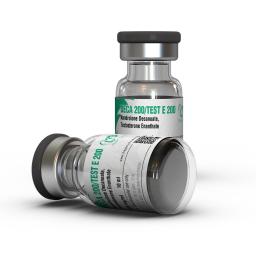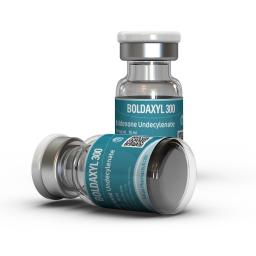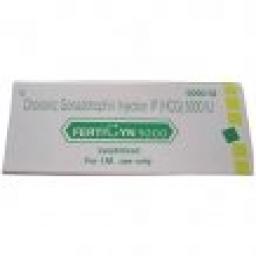Women’s Health Initiative – USA
The USA National Institutes of Health established the Women’s Health Initiative (WHI) to address the most common causes of death, disability and impaired quality of life in postmenopausal women.
The overall goal of WHI is to reduce coronary heart disease, breast and colorectal cancer, and osteoporotic-fractures among postmenopausal women via prevention strategies and risk factor identification.
WHI – Hormone therapy research
The hormone therapy (also known as hormone replacement therapy ) component of the WHI trial looked at the long-term use of oral hormone therapy (HT) in older women in the USA for the prevention of disease. It was not a study of menopausal HT in symptomatic women around age 50.
There were 16,608 women (who were postmenopausal and had a uterus) who randomly received either Prempro (0.625mg of conjugated equine oestrogen + provera 2.5mg) or a placebo (dummy pill). The trial was stopped in 2002 after an average of 5.2 years participation and more than two years early because the incidence of invasive breast cancer exceeded the safety level set by the WHI.
The oestrogen only arm (for women without a uterus) of the study was closed one year early in March 2004, as the beneficial effect of hormone therapy on heart disease risk was not observed in this part of the ongoing study. However more recent analysis has suggested cardiovascular benefit in women less than 60 years of age, particularly those given oestrogen only. A small increase in strokes was noted, hip fractures were reduced and, importantly, breast cancer was not increased.
For more information go to: Women’s Health Initiative Participant Web Site (www.whi.org)
Expert comment on WHI results
Around the world debate continues in regard to hormone therapy (HT) – also known as hormone replacement therapy (HRT) – since the results of the benchmark (WHI) trial in the US, which was prematurely halted in 2002.
The studies published in the Journal of the American Medical Association give detailed information about the outcomes of the WHI research into the effects of combined oral oestrogen progestin therapy in postmenopausal women on average 13 years past menopause.
As the WHI results are published, experts from The Jean Hailes Foundation for Women’s Health will comment from the Australian perspective.
Hormone therapy in Australia
The WHI trial used only one form of combined oestrogen plus progestin tablet not commonly prescribed in Australia.
There are different ways of taking hormone therapy (HT) and different combinations of the three hormones; oestrogen, progesterone and testosterone. HT can be prescribed as tablets, patches, skin gel, implants, oestrogen injections, vaginal preparations such as creams, tablets or pessaries (suppositories) or ring for local application inside the vagina.
The tablets are taken orally on a daily basis. The patch is applied to the skin on the lower body once or twice weekly, the gel is applied daily and the implant (hormone pellet) is inserted under local anaesthetic beneath the skin and usually lasts four to six months. In all the non-oral routes the hormones are absorbed directly into the blood stream whereas with tablets they are absorbed through the intestine first.
For more information go to Hormones
Top Steroid Products for Sale
Testosteron Geofman 250
|
Boldaxyl 300
|
Fertigyn 5000
|


